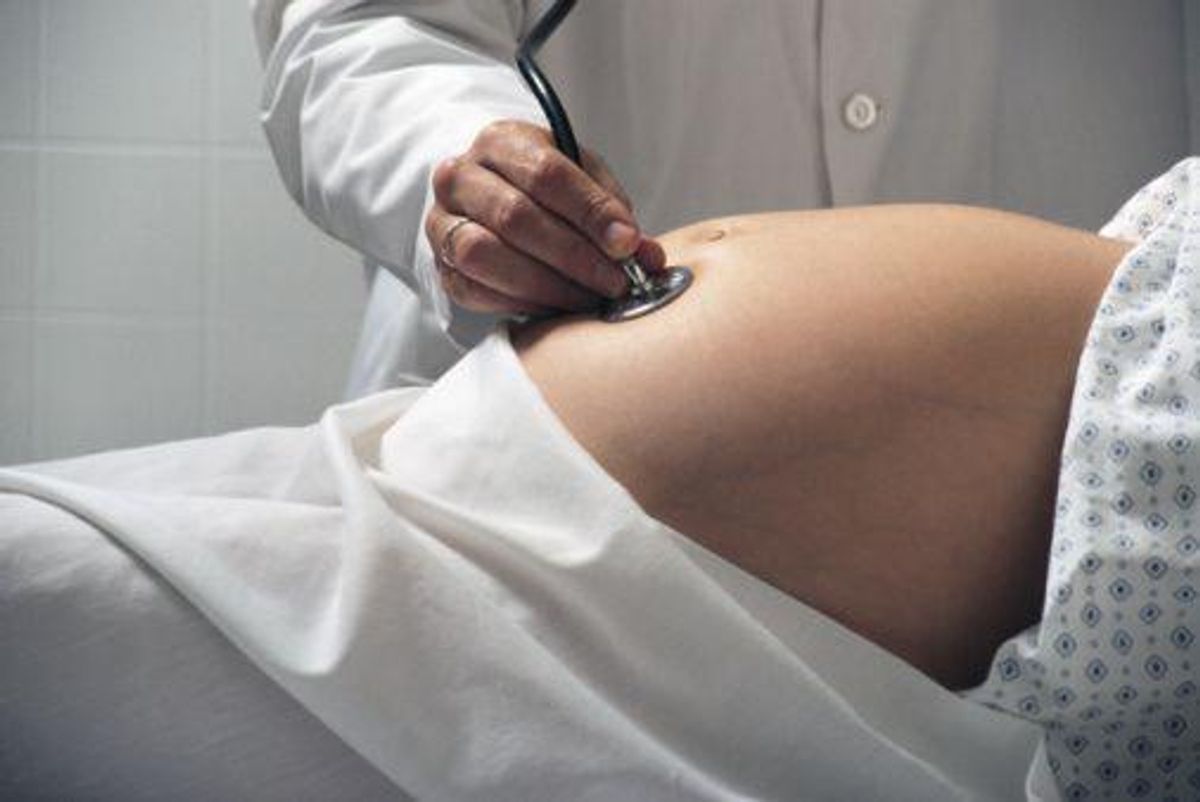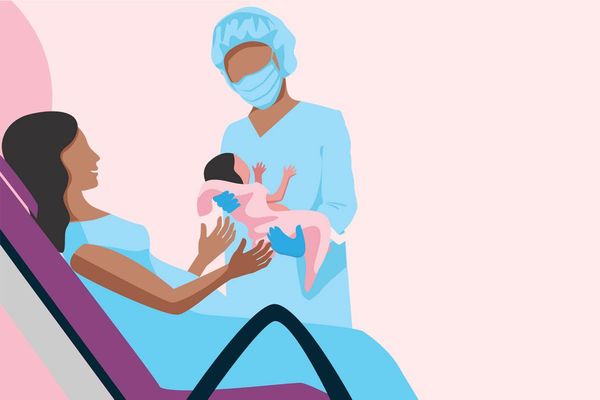The third trimester will be an especially busy time for you and your baby. You'll be glowing, putting the last touches on the baby's room and checking with your nurse or doctor almost weekly to keep your baby healthy and kicking.
As far as checkups, exams and medical tests go, the third trimester is different from the first two. Your baby is quite developed. It's beginning to look like it will at delivery. At this stage, it is less sensitive to birth defect-causing chemicals than it was during the first six months. Its size also means it may be more easily checked for physical defects that were previously too small to see.
Since your baby is still developing and is fitting tighter and tighter within the womb environment, it's good to continue having plenty of visits to your doctor or midwife. Your health care provider will set up a visit schedule for you, but you can probably expect weekly checkups at this point.
Included in these visits will be an increasing number of pelvic exams. Your health care provider will be checking for just two things during a pelvic examination: the baby's positioning and the state of your cervix. During the last three months of pregnancy, most babies invert, with their feet pointed at—and kicking endlessly at—your diaphragm and their heads pointed downward toward your cervix. If your baby is not inverted, your health care provider may talk to you about methods for getting the baby to turn, with the last option being planning a Caesarean section for you.
Likewise, your cervix will slowly begin to dilate and get thinner during the last month or so of your pregnancy to make way for delivery. Your OB/GYN or midwife will keep track of your cervical thinning, which is called effacement, and your dilation.
One test you should expect during the third trimester is a group B streptococcus (GBS) test. GBS is a common bacterium that is mostly harmless in children and adults. Its cousin, group A streptococcus, is the one that causes strep throat. In developing fetuses, though, GBS can cause a serious infection. Testing for GBS is relatively simple and involves little more than a vaginal swab to check for the presence of the bacteria.
If you go past your due date, you can expect to take a fetal non-stress test (NST), which involves little more than donning two belts during a checkup, one to measure your baby's heart rate and the other your contraction rate.
Your provider may order two other tests to ensure that your child isn't experiencing physical problems before birth. One is a biophysical profile, which combines an NST and an ultrasound. It is used to make sure the baby's heart rate, movement, muscle tone and breathing are normal. The second exam is a glucose challenge screening, which tests whether you have developed gestational diabetes.

Prenatal testing: Exams to Prepare for During Your Third Trimester
Jan 18, 2012
Apr 27, 2022
Pregnancy & Postpartum





